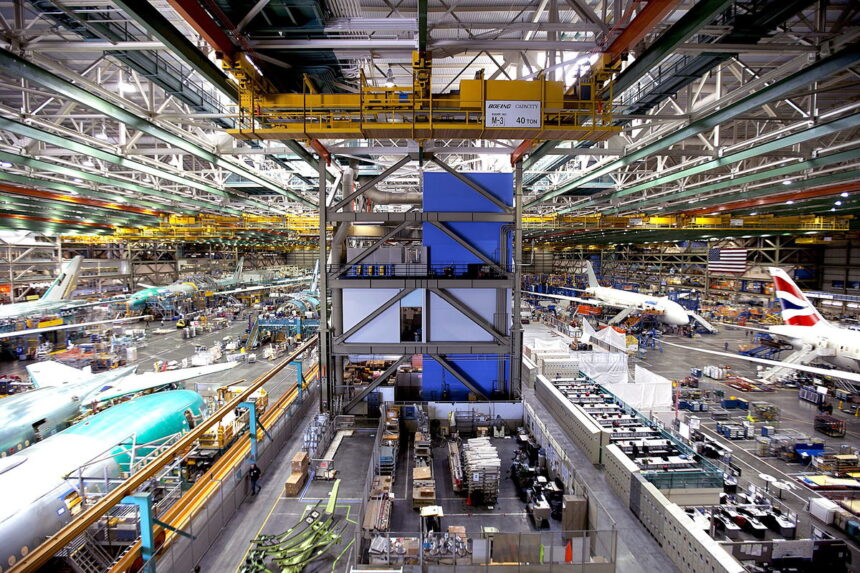BOEING: Strike at Seattle plant has brought losses and delayed production
Photo credit: CC/Jetstar Airways
Planemaker Boeing, beset by labour and manufacturing woes, reported a third-quarter net loss of $6.17 billion (€5.7 billion).
This brought 2024’s losses to almost $8 billion (€7.4 billion), while cash flow was $1.34 billion (€1.2 billion) in the red, compared with a healthy €22 million (€20.3 million) last year. Revenue of $17.8 billion (€16.3 billion) was 1 per cent down on the same period in 2023.
Kelly Ortberg, the new chief executive brought in last August, said earlier in October that Boeing was in a difficult position.
“It is hard to overstate the challenges we face together,” he said as the machinists’ strike at the Seattle plant entered it third week and tensions rose between the company and staff as production faltered.
Boeing in a difficult position, chief executive admitted
“Our business is in a difficult position, and it is hard to overstate the challenges we face together,” Ortberg said, announcing job cuts that would affect 17,000 employees, 10 per cent of Boeing’s workers.
Ahead of the union vote late on October 23, Ortberg pledged to “fundamentally transform” the culture inside Boeing. Nonetheless, 64 per cent of the 33,000 employees belonging to the International Association of Machinists and Aerospace Workers union rejected the company’s latest pay offer.
According to an analysis by consultants the Anderson Economic Group, the Seattle strike has cost Boeing around $7.6 billion (€7 billion) in direct economic losses, which include $4.35 billion (€4 billion) for Boeing and roughly $2 billion (€1.8 billion) for its suppliers.
The company still faces federal investigations arising from a mid-air panel blowout during a flight of a new Max jet that forced the Alaska Airlines aircraft to make an emergency landing in January this year.
As a result, the Federal Aviation Administrator (FAA) grounded 171 of Boeing’s 737 Max 9 planes, giving Boeing no option but to announce that it “fully agreed with, and fully supported” the FAA decision.
Preparing for a negative free cash flow in 2025
The European Union followed the FAA’s lead with a similar directive, while clarifying that no airline belonging to an EU member state was operating an aircraft with the same configuration.
The UK’s regulator, the Civil Aviation Authority, also required any 737 Max 9 aircraft entering its airspace to comply with the FAA’s orders.
Boeing’s chief financial officer Brian West announced that the company expected a bigger cash outlay in the fourth quarter of 2024 and was ready for a negative free cash flow for the full 12 months of 2025.
Neither would it meet its target of delivering 37 of Boeing’s 737 Max aircraft on time, West said.
Meanwhile, the company revealed that its financial forecasts and long-term prospects were under review.










